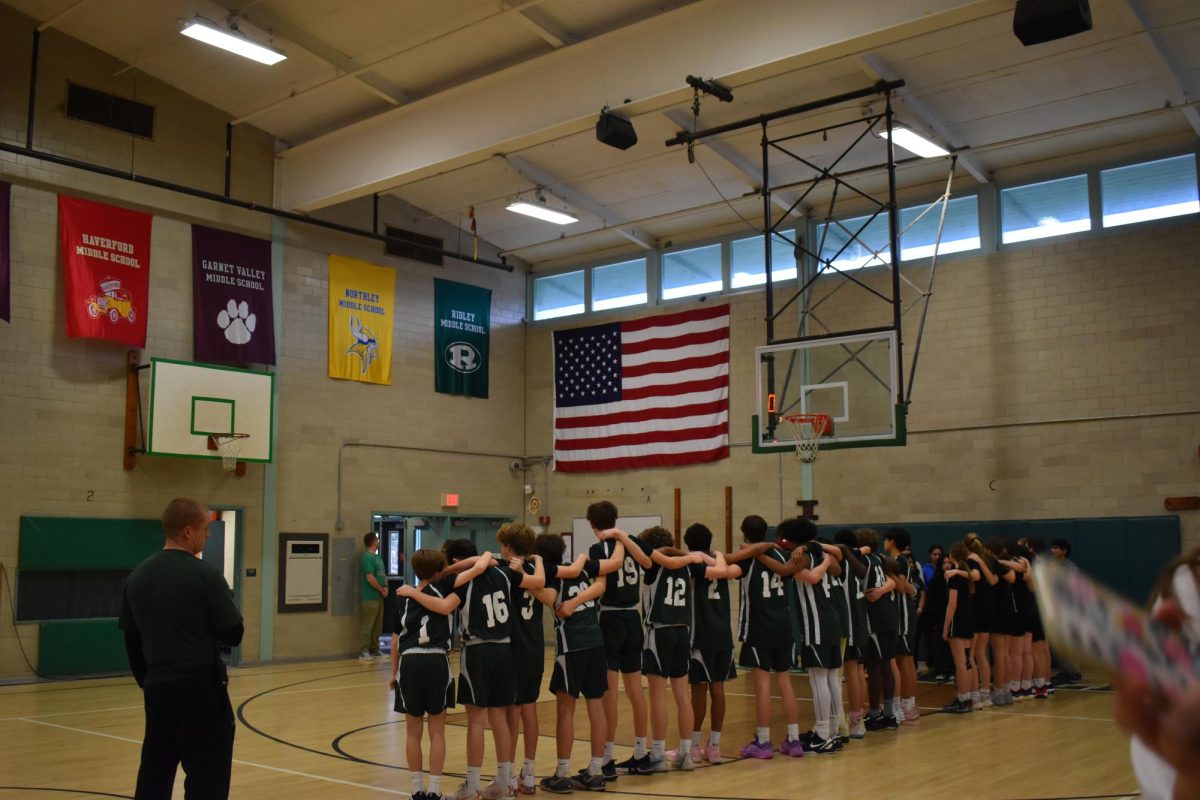So We’re Regulating People’s Bodies in School, Too?
May 9, 2023
At a school in North Carolina, a student was nearly arrested for wearing an off-the-shoulder top. Students in Sunderland, England, weren’t allowed to enter their school because their pants were the wrong shade of gray. At George Stephenson High School, 150 students were sent to detention for wearing shoes with too many lace holes. And these aren’t even all of the horror stories related to dress codes. These seemingly innocuous rules are so embedded in our systems that they’re not questioned nearly as much as they should be. But when you start to dig deeper into the ideas behind dress codes and the beliefs that they perpetuate, it begins to become clear that these regulations are very harmful to all involved. Research has shown that dress codes can promote sexist and racist ideologies and, when enforced, can lead to students losing valuable class time or even getting suspended. Because of the social issues inherently tied to dress codes and the negative impact they can have on student’s future lives, they really need to go.
Society tends to judge women based on their appearances more than men, and this extends into dress codes. 90% of dress codes limit clothes typically worn by female students, while only 69% limit clothes typically worn by men. The common reason given for this is that if female students are dressed in a provocative manner, it can distract male classmates or teachers. But there are some holes in this logic. No one should have to change clothes simply because someone else could be “distracted” by them. It should not be a girl’s responsibility to make sure that men think and act in an appropriate way. This implied idea is promoting victim blaming: if someone gets harassed, it is their fault, not the harasser’s, because they were dressed incorrectly. Instead of having rules that perpetuate misogyny, we should be teaching boys that they do not have the right to women’s bodies and that it is their job, not the women’s, to control their behavior.
All women get unfairly targeted by dress codes, but women of color feel the impact even more. There are two main reasons for this. First, many dress codes specifically ban clothes usually worn by certain ethnicities. A study found that 68% of schools in Washington, D.C. banned garments such as hair wraps or head scarves. These rules imply that certain clothes or cultures are “inappropriate” for formal settings. And even if a dress code doesn’t specifically target minorities, racial stereotypes can have a huge impact on how often students of color get dress coded. The idea that the body types of certain ethnicities are inherently more sexual than others means that those races can be unfairly targeted by officials enforcing the rules. In fact, African American students were 20.8% more likely to be suspended than white ones. When a student brought up this issue to a male administrator at a Baltimore school, he told her it was “because white girls don’t have as much to show.” And if dress codes have racist beliefs literally written into them, shouldn’t the obvious response be to do away with them completely?
The final reason that dress codes need to go is that students can lose academic opportunities because of them. Some common punishments for a violation include missing class to go change, being sent home to get new clothes, or even being suspended. All of these have a common theme: the student in question loses class time because they were dressed in a manner deemed inappropriate by officials. In school, the main focus should be on education. This seems obvious. But when we punish people for what they are wearing in school, we are taking the focus off of their learning and putting it onto their bodies. No student should have to stop learning because of how they look. We should be teaching students that their minds are more important than their bodies, not the other way around. And if dress codes are stopping us from doing that, it seems pretty clear that they should be abolished.
The argument here is simple: if dress codes impede a student’s education, especially in a way that unfairly harms minorities and women, they should not exist. After all, many studies have shown that dress codes help promote rape culture and victim blaming. Not only that, but the restrictions against clothes commonly worn by certain ethnicities, coupled with racial stereotypes, can often lead to students of color being unfairly targeted by these rules. And since dress codes can cause students to have to miss class or even be suspended, it’s clear that something is inherently wrong with them. As a society, we need to stand up and protest against these unfair regulations. And maybe, if we all work together, we can create a world where a student’s opportunities are not based on their outer appearance but rather their inner abilities.




















